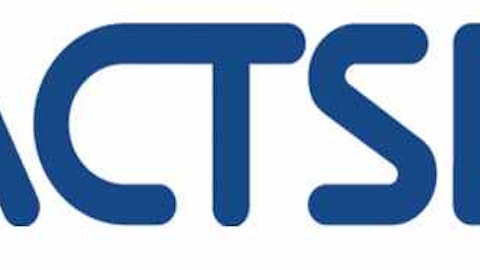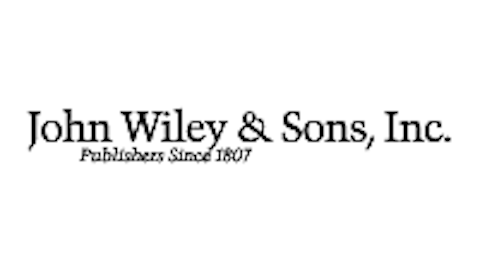Thanks to TRI’s recurring revenue, relatively fixed cost base, economies of scale, strong pricing power, great customer retention, and business diversification (no customer is greater than 1.5% of sales), the company has been a wonderful free cash flow generator over the years:

Source: Simply Safe Dividends
Despite TRI’s strengths, the company’s acquisition binge (TRI completed nearly 300 acquisitions between 2003 and 2013), growing collection of unrelated businesses, and weak customer growth trends following the financial crisis have resulted in several headaches.
The company’s most notable acquisition by far was its $17 billion merger with Reuters in April 2008. The idea was to create a giant in the financial information market serving banks and investment managers around the world.
However, like many large deals, it came at a very inopportune time – right before the financial crisis. Macro challenges have caused TRI’s financial segment to decline every year since 2008 up until last year, when it recorded its first growth. The Reuters acquisition resulted in cultural issues, failed product launches, management turnover, increased organizational complexity, and an incredibly disappointing stock.
As seen below, TRI’s total shareholder return (TSR) has substantially trailed the market since 2008 (a falling line means the market outperformed TRI’s stock that year).

Source: Simply Safe Dividends
Much of the company’s management team turned over during the past few years, including the CEO and CFO positions. TRI put together a turnaround plan in late 2013 to restore organic growth, simplify operations, capture true economies of scale, rely less on acquisitions, and improve profitability.
With a refreshing dose of humility, TRI acknowledged that its acquisition strategy has resulted in a complicated geopolitical infrastructure, an overgrown portfolio of products rather than an integrated enterprise, and a big company that lacks true scale.
As an example of TRI’s transformation program at work, the company’s financial segment had more than 850 products in 2013. That has been reduced to fewer than 200 today and will be reduced to three platforms once all of the work is done.
As TRI continues simplifying and unifying its products while divesting non-core businesses (e.g. TRI recently announced it is exploring strategic options for its intellectual property and science business, which accounted for 8% of sales in 2014), it hopes to show a meaningfully improved organic growth rate by 2017. As seen below, TRI is looking to generate 60% of its sales from “Growth” segments in 2017, up from just 48% in 2012. The company expects to return to organic revenue growth in fiscal year 2015 and should see its growth profile gradually improve as it allocates capital into faster-growing adjacent markets outside of its financial and legal research businesses.

Source: Thomson Reuters Investor Presentation
Product simplification is also improving TRI’s cost structure and freeing up more cash to be returned to shareholders. TRI expects to achieve savings of $400 million by 2017 as its consolidated platforms capture economies of scale and fund ideas that can be better leveraged across the existing business.
By leaning more on organic growth rather than M&A, the company is also holding onto more cash to return to shareholders in the form of repurchases and dividends. For example, TRI completed just five acquisitions in 2014 for a total cost of about $167 million, which is significantly less than the 28 acquisitions it made in 2013 for $1.2 billion.





